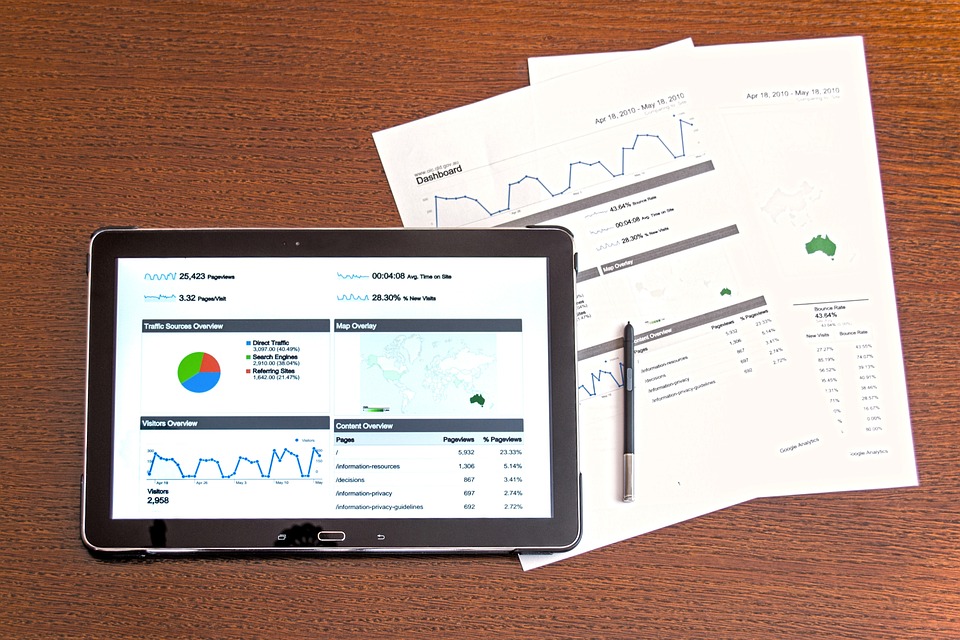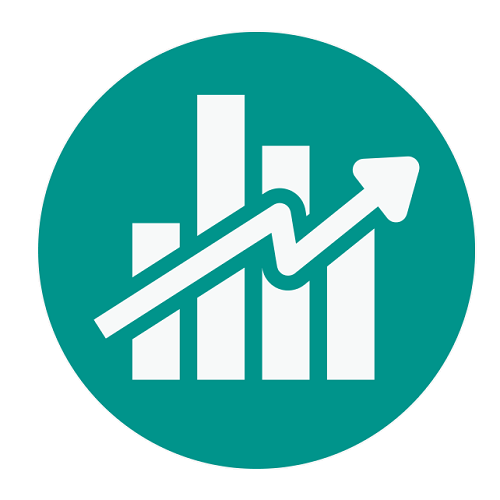Every minute, new topics are trending online everywhere. Sometimes you can keep up, like during the Qatar World Cup of Football. Many people are talking about that and you can be aware of the discussions on any social media platform. But sometimes, there’s no link between what’s happening in Morocco and Belgium.
Let’s take that example: during August, Moroccan people searched for a lot of Premier League topics, and the manga series One Piece. But on the European side, the interest was in the bike race ‘Vuelta a Espana’, and the actress Anne Heche. Totally different interests in both places.
If you already know how to investigate those kinds of issues, skip the next section because we have a better approach to offer. If you’ve never heard of a tool to do trend research, keep reading below.

The Original Tool
Since 2006, Google Trends has worked as a public platform to analyze the interest people from all the world have shown over time for a particular topic, term, or company. It has no cost, and you can use it as you please for your means.
How does Google do it? There is an infinite amount of information we provide them when we use our devices to navigate the Internet. Most of the information online is indexed in order to make it easier to access. Google normalizes every piece of data to quickly compare them. Then they can divide each data ‘asset’ through geography, time, popularity, and other criteria.
Therefore, when you use the Google Trends platform, it lists the popular results on worldwide Google searches, but based on various regions. Or it compiles all of the queries from last year, dividing them by month, by week, or by any time interval you want to personalize.
It’s pretty accurate, but it’s also necessary for you to understand how it works. Using keyword research, for example, is better than predictionary queries. It is more useful for big data volumes, though. You can use it to compare many different trends, even those that are unrelated.

Optimized Devices To Discover Google Trends
The last few years have brought even bigger updates to online tools. Application Programming Interfaces are new instruments designed to access and analyze data. They have gained popularity because they can address a wide range of problems for companies. Now we’re going to show you some of the best for this case.
SerpApi’s Google Trends API is one of the options. It offers a live and interactive demo to try the endpoint. The good thing about this API is that it works with many other search engines. It’s also fast, easy, and complete.

PyTrends also has its own Google Trends API that helps you automate the download of reports from the platform. You can get the most popular queries, or the ones with the biggest increase in a given frequency, with a relative scale. The only thing is they have some limitations, so you can only provide five entries per chart, for example. Anyway, they have some guidelines and support to help you through.

Zyla Labs provides another API, with less limitations. You can request different types of data, like the variation of interest in a topic over time and in specific regions or subregions. You can also integrate this API with others the Hub has, to increase the amount of information you receive. After using the Google Trends API and pulling the data, you or your team can use it for data visualization or analysis.


